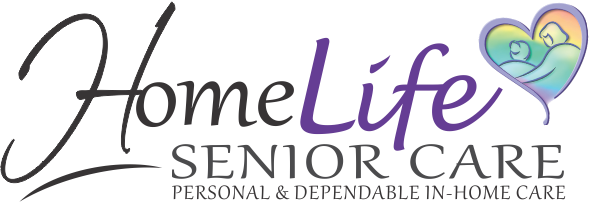Did you know heart disease is the leading cause of death in the United States? Many think its cancer, but it’s not. According to the Centers for Disease Control and Prevention, heart disease is number one, followed by cancer, chronic lower respiratory diseases, stroke, accidents, and then Alzheimer’s disease. I discovered this surprising fact after being prompted to learn more about heart disease after my aunt experienced a serious heart attack recently. Thankfully she is going to be ok, but she will have to make some serious lifestyle changes to decrease her chances of experiencing another heart attack in the future.
My aunt is only 50 years old and there is no history of heart disease in the family. I have learned, besides family history, other risk factors include smoking, diabetes, high blood pressure, high cholesterol, obesity, lack of exercise, and stress. These factors contribute to the buildup of plaque within the arteries of the heart. According to WebMed.com, the most common cause of heart attack occurs when blood platelets stick to tears in the plaque and form a blood clot that blocks the blood from flowing to the heart for a long enough time that part of the heart muscle is damaged or dies. The heart of a heart attack survivor will heal within about eight weeks, but a scar will form in the damaged area. The new scar tissue will not contract, so the heart’s pumping ability is compromised. The amount of lost pumping ability depends on the size and location of the scar.
The most important thing I have learned is that it is imperative to get immediate medical treatment at the first sign of a heart attack. This could mean the difference between life and death. Many people do not recognize the symptoms of a heart attack and wait too long to call 911, causing fatal damage to their heart. Symptoms of a heart attack include:
- Chest pain which may feel like discomfort, pressure or heaviness and may move from your chest to our arms (usually the left), your jaw, neck, belly or back.
- Fullness, indigestion or a choking feeling.
- Sweating, nausea, vomiting or dizziness.
- Extreme weakness, anxiety, shortness of breath or palpitations.
Symptoms usually last 30 minutes or longer and do not go away with rest. The pain can be severe or mild. Women, the elderly, and people with diabetes are less likely to experience chest pain during a heart attack, making them less likely to recognize the signs and call for help. “Silent heart attacks” can also occur and have no symptoms.
After a heart attack, it is important to follow your doctor’s instructions to prevent another attack. Treatment will likely include medication, a heart healthy diet, exercise, quitting smoking, controlling stress and instructions on what to do if you experience symptoms again. Heart disease is something everyone should take seriously and educate themselves about, especially those over the age of 50. Ultimately, the best prevention you have against a heart attack is taking care of your body by eating healthy and exercising. The best defense against a heart attack fatality is educating yourself about the symptoms so you will recognize the signs and get immediate help if one does occur.
By Amber Triebull


